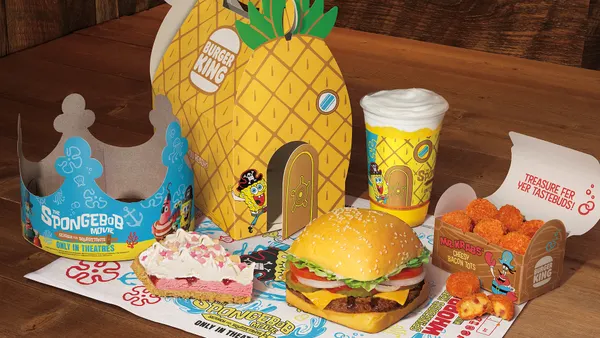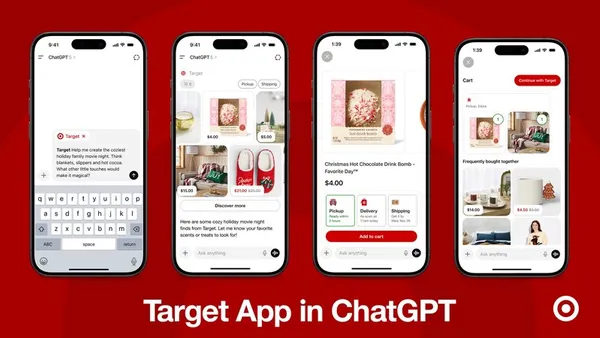Brief:
- Toyota rolled out a Spanish-language augmented reality (AR) mobile ad that lets smartphone users see an immersive, interactive view of its 2020 Corolla. The clickable banner ad opens to overlay a digital version of the sedan on the viewer's surroundings seen through a smartphone camera, per an announcement shared with Mobile Marketer.
- The AR experience includes a 360-degree view of the car's interior and a 3D digital model that is pinned in one place to let mobile viewers walk around the vehicle. Mobile users can tap on hotspots to see the moonroof open and close, turn the LED headlights on and off and see the car's wheels turn.
- The AR ad doesn't require a separate app download and works on Android phones, although Toyota plans to roll out an iOS version this year. The carmaker worked with Latino marketing agency Conill and AR development firm 8th Wall to develop the interactive mobile ad.
Insight:
Toyota's AR-enabled banner aims to engage mobile users with a more immersive experience and give them more product information before they arrive at a dealership. Product demonstrations are one of the promising marketing applications for AR technology, helping consumers to visualize everything from cars to home furnishings to apparel before they make a purchase. Toyota has made AR a key part of its advertising, including a campaign developed with ad agency Saatchi & Saatchi and AR marketing platform Vertebrae, and an AR app developed with digital agency Brandwidth for the U.K. market.
Toyota's campaign is aimed at Hispanic consumers who make up one of the fastest-growing demographic groups in the United States. The U.S. Hispanic population is projected to grow to 28% of the total U.S. population by 2060 from about 19% next year, per census data cited by Nielsen. The Hispanic population's relative youthfulness compared with the broader population means they are more likely to be early adopters of the latest technologies, including smartphones, tablets, gaming consoles, smart TVs and wearables. Hispanics are heavy users of mobile media, with 90% of the group streaming video on a smartphone or tablet, 10 percentage points more than the broader U.S. population, per a study by PwC.
Toyota is among the carmakers that have included some form of AR in their campaigns. Mercedes-Benz last month released an AR filter on Instagram that let its users decorate their photos with computer-generated visuals. BMW in 2017 created a 3D car ad that let Snapchat users walk around an AR version of its BMW X2 and see more details.
Ever since the mobile game Pokémon Go helped to popularize AR in 2016, consumer adoption has grown. The number of Americans who use AR at least once a month will grow to 24% to 85 million by 2021 from 68.7 million this year, researcher eMarketer estimated. Tech giants like Apple and Google continue to support development of the technology with a broader range of software tools. Apple this month unveiled the ARKit 3 and RealityKit to help software designers create more realistic AR environments. Google last month announced plans to add more AR content to its search results, giving brands a chance to showcase their more immersive creative work.












